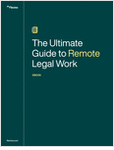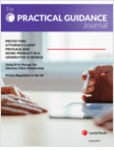Historians have often observed the law of unintended consequences: that every action will have at least one unintended consequence. From the perspective of patentees, the effects of the U.S. Supreme Court’s decision in Pfaff v. Wells Electronics Inc., 119 S. Ct. 304 (1998), demonstrate that the law of unintended consequences applies with full force to the development of patent law.
In Pfaff v. Wells, the inventor, Wayne Pfaff, held a patent on a device used to protect integrated circuits. When Pfaff attempted to enforce his patent against Wells Electronics, the district court upheld his patent despite the accused infringer’s assertion that the patent was invalid because Pfaff had triggered the on-sale bar. Title 35 U.S.C. 102(b) bars a patent when the subject matter of the invention was placed on sale in this country more than a year before the patent application was filed. The trial court ruled that Pfaff had not triggered the on-sale bar despite having received a written purchase order for his devices a year and a few days before he filed his patent application.




